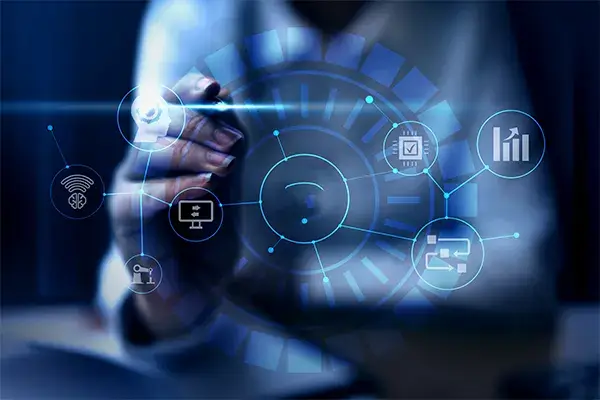Legacy Software Modernization Services: Strategies and Best Practices
Legacy software modernization services are crucial for businesses looking to enhance efficiency, reduce costs, and stay competitive in today's rapidly evolving technological landscape. As companies rely more on digital infrastructure, outdated software can become a bottleneck, hindering growth and innovation. Here, we explore effective strategies and best practices for successfully modernizing legacy software systems.
Assessing the Need for Modernization
The first step in any software modernization initiative is to assess the current state of the legacy systems. This involves identifying pain points such as slow performance, security vulnerabilities, compatibility issues with newer technologies, and high maintenance costs. A comprehensive audit helps in understanding the scope of the modernization effort and prioritizing areas that require immediate attention.
Choosing the Right Modernization Approach
There are several approaches to modernizing legacy software, each suited to different scenarios:
Replatforming: Involves migrating the existing software to a new platform or infrastructure while maintaining its core functionality. This approach minimizes risk and disruption, making it ideal for stable systems with a strong business case for migration.
Refactoring: Focuses on restructuring the codebase to improve maintainability, scalability, and performance without changing its external behavior. Refactoring is suitable for systems with complex interdependencies that require optimization.
Re-architecting: Involves redesigning the software architecture to leverage modern cloud-native principles such as microservices, containers, and serverless computing. This approach offers scalability and flexibility but requires careful planning and architectural expertise.
Rebuilding: Involves rewriting the software from scratch while preserving its core functionality and business logic. This approach is suitable for systems with outdated technology stacks or where existing code is too complex to refactor effectively.
Implementing the Modernization Process
Once the modernization approach is chosen, careful planning and execution are essential. Key steps include:
Establishing Clear Objectives: Define measurable goals for the modernization effort, such as improving performance by a certain percentage or reducing maintenance costs.
Engaging Stakeholders: Involve all relevant stakeholders, including business leaders, IT teams, and end-users, to ensure alignment with business objectives and user requirements.
Adopting Agile Methodologies: Break down the modernization process into iterative phases, allowing for continuous feedback and adaptation. Agile methodologies enable quicker delivery of value and reduce the risk of project failure.
Ensuring Quality Assurance: Implement rigorous testing procedures to identify and address issues early in the modernization lifecycle. Automated testing tools can help maintain software quality throughout the migration process.
Mitigating Risks and Challenges
Modernizing legacy software can pose several challenges, including data migration complexities, integration issues with existing systems, and resistance from stakeholders accustomed to the old system. To mitigate these risks:
Develop a Robust Migration Plan: Plan for data migration in stages, ensuring data integrity and minimal disruption to business operations.
Ensure Compatibility and Integration: Verify compatibility with other enterprise systems and third-party integrations to maintain seamless operations.
Provide Training and Support: Offer training sessions and support resources to help users adapt to the new system effectively, reducing resistance to change.
Measuring Success and Continuous Improvement
Post-implementation, it's crucial to monitor the performance of the modernized software against predefined metrics. Key performance indicators (KPIs) may include system uptime, response times, user satisfaction, and cost savings. Continuous improvement is achieved through regular updates, addressing user feedback, and staying updated with emerging technologies.
Conclusion
Legacy software modernization services offer businesses a pathway to enhance agility, reduce technical debt, and capitalize on new opportunities in the digital age. By choosing the right modernization approach, planning meticulously, and engaging stakeholders effectively, organizations can transform their legacy systems into robust, future-proof assets that support long-term growth and innovation. Embracing modernization is not just a necessity but a strategic investment in staying competitive and resilient in a rapidly evolving market landscape.



Комментарии
Отправить комментарий